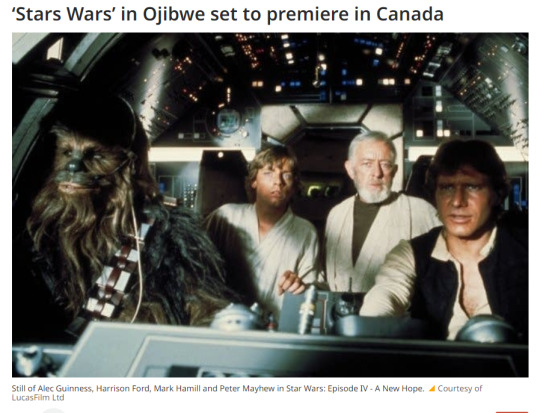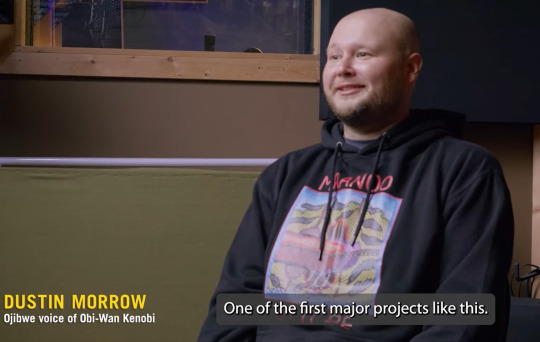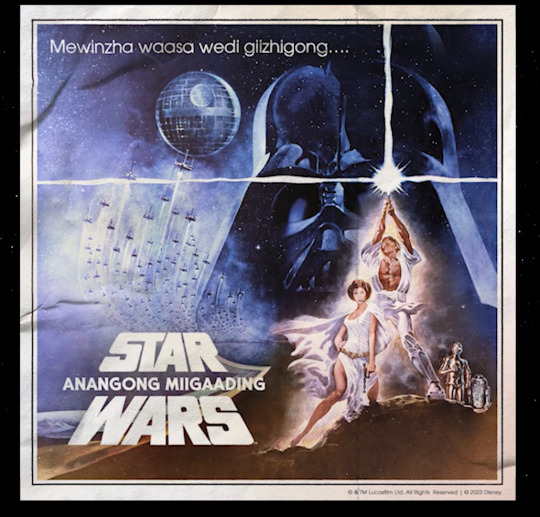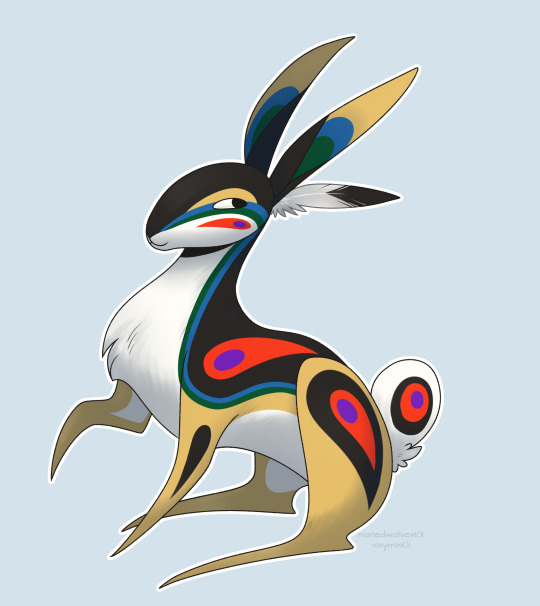#ojibwe
Explore tagged Tumblr posts
Text
The 50th anniversary of AIMs (American Indian Movement's) occupation at Wounded Knee is coming up, so the Lakota People's Law Project is leading another push to free an AIM activist who was wrongly convicted of killing two federal agents in 1975- Leonard Peltier. He was convicted on false evidence and false testimony and sentenced to two life sentences. He is now 78.
LPL has a formatted email up on their website now which you can personalize and send to Biden to ask for clemency. (Please personalize emails like this so it doesn't get filtered as spam. Just move some words around, add some, take some, you don't have to write a whole email.) Please pass this around.
#leonard peltier#aim#american indian movement#leonard peltier defense committee#wounded knee#protest#occupation#political prisoners#petition#president biden#clemency#action#lakota#ojibwe#advocacy#native rights#indigenous people#legal action#federal prison#indian boarding schools#boarding school#history#bishop desmond tutu#nelson mandela#dalai lama#chase iron eyes#legal defense#activists
3K notes
·
View notes
Text








Star Wars in Ojibwe/Anishinaabemowin!
19K notes
·
View notes
Text

Darlene Holt- my grandmother’s older sister circa late 1940’s
An angel of a human💖
#vintage#fawn#great auntie#black and white#photography#family#deer#upper peninsula#michigan#ojibwe#indigenous
5 notes
·
View notes
Text
"Be cunning, and full of tricks, and your people will never be destroyed"

Okay for context the other rabbit is nanabozho! (Also called Wenabozho, Nanaboozhoo, Nanabush and Manabozho, they have a lotta names--) and he's a prolific and prominent character in many of my people, the anishinaabe (Ojibwe), stories!
I drew him interacting with el-ahrairah because he reminds me so much of nanabush-- they both have a connection to a higher power, their gods, both are tricksters, both are part of their respective creation myths, and both care deeply about their people!
Nanabozho is a shape shifter, while he takes many forms their most common is a hare! So that just made me think of them even more fjdndndn
(I posted this on insta a while back and the artist for the Watership Down graphic novel liked it and I still haven't recovered mentally from that--/pos)
Oh btw, nanabush is genderfluid, no I am not joking--
#art#digital art#fanart#watership down#watership down fanart#Watership down art#nanabush#nanabozho#Ojibwe#anishinaabe#anishinaabe art#Ojibwe art#el ahrairah#rabbits
9K notes
·
View notes
Text

The demo is free! Check it out and consider donating!
#ojibwe#indigenous#ojibwe language#reclaim!#anishinaabe#anishinaabemowin#video games#ojibwemowin#ojibway#native american#native#language revitalization#indigenous languages#ndn#ndn tag#n8v#language#indigenous art#language learning#signal boost
244 notes
·
View notes
Text
The Wend*go is Not Your Cryptid
I'm Algonquin/Ojibwe and this is a spirit that comes from our teachings.
As a young child, the elders taught me to never even SPEAK its name, to not even sing its songs. When we sang a song about it during drumming group one year, we all got in trouble.
You do not spell the word or speak the word.
It's NOT a "cryptid" or a "spooky story" for white people to appropriate.
Its bearly spoken about in our own communities, and even then, only very carefully.
Again, not because its "creepy" but because its respected and something in our traditions that is not played around with; so its certainly not for non-ojibwe/algonquin people to speak about whatsoever. Period.
15K notes
·
View notes
Text

native snufkin <3
510 notes
·
View notes
Text

Winter Solstice 2024
It is cold and it is dark, but the Winter Solstice brings the promise of light's return and the warming of our world. To celebrate this most important day, we feature a naturally-dyed wool weaving entitled Náhookǫsji Hai (Winter in the North) / Biboon Giiwedinong (It is Winter in the North) held at the Minneapolis Institute of Art (MIA) and produced by Navajo artist D. Y. Begay in 2018. This image, which is only a portion of the slightly larger work, is from our copy of the exhibition catalog Hearts of Our People: Native Women Artists edited by Jill Ahlberg Yohe and Teri Greeves (Kiowa) and published by the MIA in association with the University of Washington Press in 2019.
D.Y. Begay (b. 1953), a Navajo born to the Totsohni’ (Big Water) Clan and born for the Tachinii’ (Red Running into Earth) Clan, is a fourth-generation weaver. Begay’s tapestries encompass her interpretation of the natural beauty and descriptive colors of the Navajo reservation, reflecting on her Navajo identity and her family’s weaving tradition. This spiritual connection to the plants yields the natural colors that are transformed into evocative land formations on her loom. Of the weaving shown here, Jennifer McLerran, curator at the Museum of Northern Arizona and a retired assistant professor of art history at Northern Arizona University, writes:
Most of D. Y. Begay's textiles respond to the Southwest landscape in which she was raised and resides today. For this work, a textile produced with all-natural dyes and handspun wool, Begay traveled to Minnesota in the depths of winter to observe the land surrounding the Grand Portage Indian Reservation of the Ojibwe people. Over an extended period she observed changing light conditions as the sun and clouds moved across the sky, altering the hues of snow and water.

D. Y. Begay with her weaving Confluence of Lavender by Arizona videographer Kelso Meyer, 2016. From the University of Virginia Mellon Indigenous Arts Program.
We wish you a most serene Winter Solstice.
View posts from Winter Solstices past.
View other posts from our Native American Literature Collection.
#Winter Solstice#D. Y. Begay#Winter in the North#Navajo weaving#Navajo textiles#Indigenous artists#Navajo#Ojibwe#textiles#Native American artists#Native Americans#Indigenous#indigeneity#Jill Ahlberg Yohe#Teri Greeves#Jennifer McLerran#Hearts of Our People: Native Women Artists#Native American Literature Collection#Indigenous American Literature Collection#Native American art#Indigenous art
283 notes
·
View notes
Text

Choctaw and Ojibwe woman, Mikah Whitecloud, United States of America, by Evan Frost
#choctaw#ojibwe#united states of america#north america#america#folk clothing#traditional clothing#traditional fashion#cultural clothing
2K notes
·
View notes
Text
The original Star Wars film, Star Wars: Episode IV - A New Hope, has been translated into over 50 languages. Norwegian, French, Icelandic, Navajo — and now Ojibway. Dennis Daminos Chartrand, a member of Pine Creek First Nation who voices Darth Vader in the film and helped translate the original text, says he hopes having his language incorporated into the "iconic" film will promote it — not just within his community, but beyond. Chartrand spoke with Day 6 host Brent Bambury ahead of the film's release on the national Indigenous broadcast channel APTN next month, and just days after the death of original Darth Vader actor James Earl Jones. He spoke about his hopes for the film, challenges translating the story into Ojibway and why Star Wars resonates so much with him as an Indigenous person. Here is part of their conversation.
Continue Reading
Tagging: @newsfromstolenland
#star wars#ojibwe#ojibway#indigenous#first nations#native american#cdnpoli#canada#canadian politics#canadian news
358 notes
·
View notes
Text

Winona LaDuke, age 18, speaking at the UN in Geneva, Switzerland (1977)
#winona laduke#activist#environmentalist#writer#indigenous#ojibwe#1977#indigenous american#indigenous peoples day#indigenous peoples' day#jewelry
198 notes
·
View notes
Text

I am feeding the native miku train by adding onto mines more that she a city native who can't make frybread. Ojibwe!!!
#art#artists on tumblr#digital art#artwork#my art#fanart#native miku#native oc#native american#native art#native beauty#ojibwe#hatsune miku fanart#hatsune miku#miku fanart#miku worldwide#mikuhatsune#mikusona
270 notes
·
View notes
Text



2h 21m
#artists on tumblr#digital art#original character#native art#indigenous art#indigenous#stylized#stylized art#inuit#ojibwe#small artist#original charater art#realism#sketch#rendering
117 notes
·
View notes
Text
More art of Nanabozho bc he is so silly and scrimblo!~

A doobius little creature getting up to mischief

#art#digital art#nanaboozhoo#nanabush#nanabozho#wenabozho#anishinaabe#anishinaabeg#anishinaabe art#anishinaabe artist#ojibwe art#ojibwe#ojibway#ojibwa#first nations#native american#native#indigenous#indigenous art#indigenous artist#furry#furrydrawing#furry community#furry art#rabbit
573 notes
·
View notes
Text

A (fan) Deer Lady concept for GOW I imagined up if the series should ever explore Turtle Island deities, inspired by the official art posters
#based on the Cree & Ojibwe of Deer Woman#justin's art#gow#god of war#kind of#cree#ojibwe#native american#ndn art#indigenous
244 notes
·
View notes
Note
Can we get more of your native Snufkin pls pls pls pls HE'S BEAUTIFUL

EE THANK YOUU MIIGWECH im so glad other people like him....!!! drew him in my favorite jacket :3
#my art#doodle#asks#anonymous#snufkin#moomin#ojibwe#WEEEE i read allthe tags ppl add to my art it mkes me so happy everyone fw ojibwe snuffy
158 notes
·
View notes